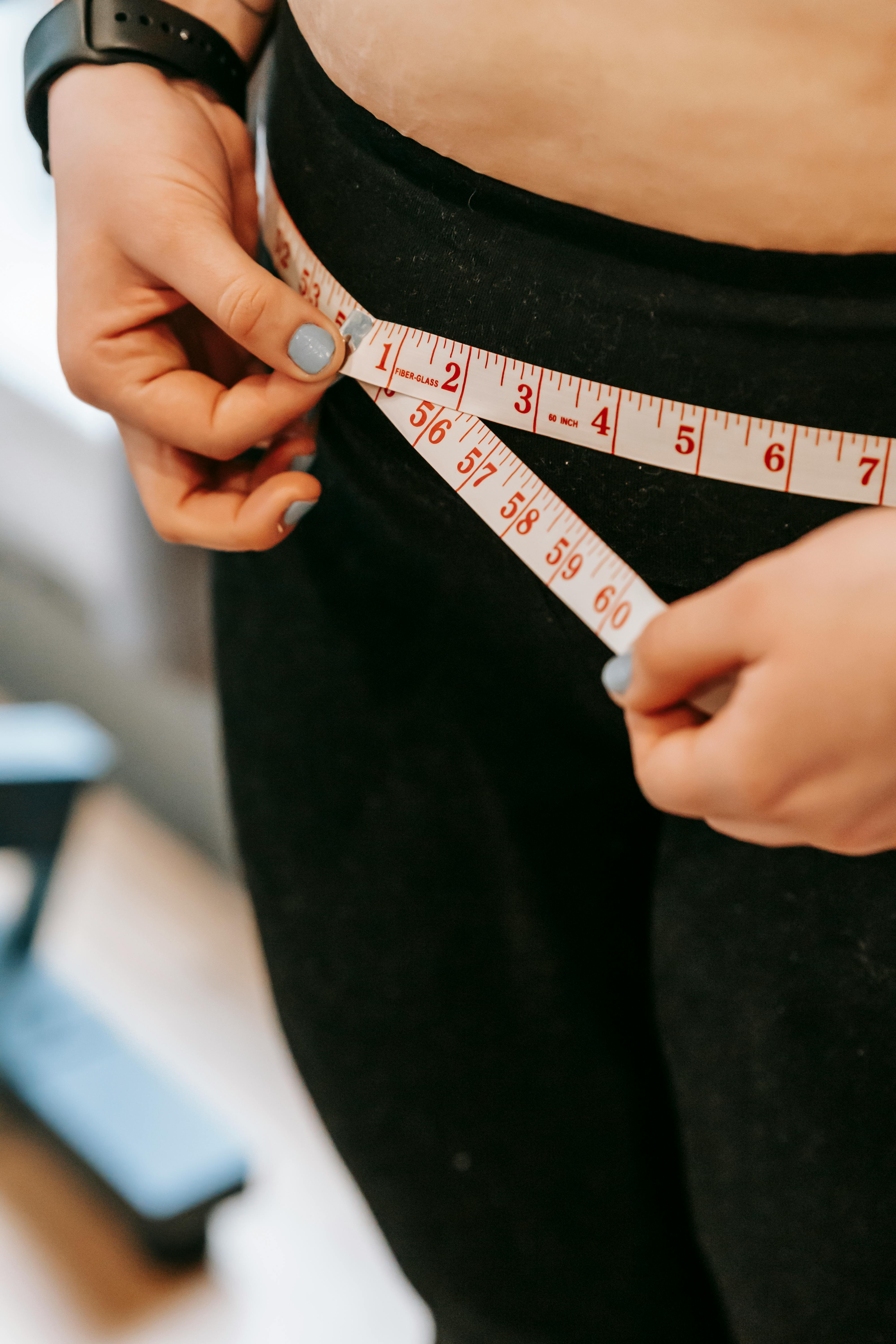Sauna Weight Loss: The Ultimate Guide
Using a sauna for weight loss has gained traction among fitness enthusiasts and health-conscious individuals. While saunas can aid in temporary water weight loss, they do not significantly impact fat burning. The elevated temperatures cause sweating, which helps shed water weight, a technique often employed by athletes who need to quickly reduce their weight.

Using a sauna for weight loss has gained traction among fitness enthusiasts and health-conscious individuals. While saunas can aid in temporary water weight loss, they do not significantly impact fat burning. The elevated temperatures cause sweating, which helps shed water weight, a technique often employed by athletes who need to quickly reduce their weight.
Beyond weight loss, saunas offer several health benefits such as improved cardiovascular function, enhanced athletic recovery, and potential anti-aging effects. Despite these advantages, it's crucial to remember that incorporating sauna sessions into a healthy lifestyle should not replace traditional methods like proper diet and exercise.
For those looking to integrate sauna use into their wellness routine, it's important to do so safely and in conjunction with other healthy habits. Saunas can be a fantastic addition, but relying solely on them for weight loss is not effective or sustainable.
Understanding Sauna and Weight Loss
Many people wonder if using a sauna can contribute to weight loss. This section explores the science behind saunas, how they aid in weight loss, and the difference between temporary water loss and actual fat reduction.
Sauna Basics: How It Works
Saunas are heated rooms, typically between 150°F to 195°F (65.6°C to 90.6°C). They can be dry or steam-filled, as seen in Finnish-style saunas and Turkish-style saunas. The high temperatures cause the body to sweat profusely and increase heart rate, simulating mild exercise.
Sweating helps cool the body, but it also leads to significant water loss. Dehydration can occur if fluids are not properly replenished. This sweat loss is often mistaken for fat loss, as it can lead to temporary reductions in body weight.
Mechanics of Weight Loss in a Sauna
While in a sauna, the body experiences increased calorie burn. The heat causes the body to work harder to maintain a stable temperature, boosting metabolism. This can result in burning around 45 calories during a 30-minute session.
Additionally, the elevated heart rate and sweating also use more energy, similar to low-intensity cardiovascular exercise. However, these efforts primarily result in the loss of water weight rather than significant fat reduction.
Temporary Water Weight Loss vs. Fat Reduction
The most immediate effect of sauna use is losing water weight. As sweat evaporates, the scale may show a lower number, appealing to athletes who need to meet weight categories quickly. Once rehydrated, this weight loss is reversed.
For sustainable fat reduction, burning more calories than consumed over time is necessary. Saunas may contribute to overall calorie burn but should not replace a balanced diet and regular exercise. While beneficial for temporary weight loss, relying solely on sauna sessions for long-term weight management is not effective.
Health Considerations and Safe Practices
Using a sauna can offer several health benefits, but it also carries potential risks. Proper usage and consulting a healthcare provider can help mitigate these risks. Here we will cover the benefits, the potential risks, and when it is essential to consult a doctor.
Benefits of Regular Sauna Use
Sauna use has several health benefits. The heat helps to increase heart rate similarly to exercise, promoting better circulation and relaxation.
Regular sessions can help with detoxification, as the body sweats out toxins. Additionally, saunas may aid in pain relief by relaxing muscles and reducing stress. The American Heart Association notes that saunas can improve heart health if used safely.
Saunas also support athletic recovery by easing muscle soreness. Many users report enhanced well-being and reduced anxiety after sessions.
Potential Risks and How to Minimize Them
Exposure to extreme heat can lead to dehydration and heat stress. Drinking fluids before and after a session is crucial to stay hydrated.
People may experience lightheadedness or headaches due to rapid heart rate changes. Limiting sauna time to 15-20 minutes and cooling down between sessions can reduce these risks.
Users should be aware of signs of overheating, such as excessive thirst and headaches. Pregnant women, individuals with high blood pressure, or those with heart conditions should avoid saunas without doctor approval. Properly managing these risks can make sauna use safer.
When to Consult a Doctor
Consult a healthcare provider before using a sauna, especially if you have pre-existing conditions. High blood pressure, heart failure, irregular heartbeat, and a recent heart attack warrant caution. Elderly individuals or those new to sauna use should also seek advice.
Listening to your body is key; if symptoms like dizziness or extreme thirst occur, exit the sauna and hydrate. American Heart Association guidelines recommend medical consultation for anyone starting new health routines involving extreme heat exposure.
Having a doctor’s approval ensures the sauna experience is beneficial and not harmful to your health. This proactive approach guarantees safer and more effective sauna use.
Want more posts like this?Sign up for our FREE newsletter →